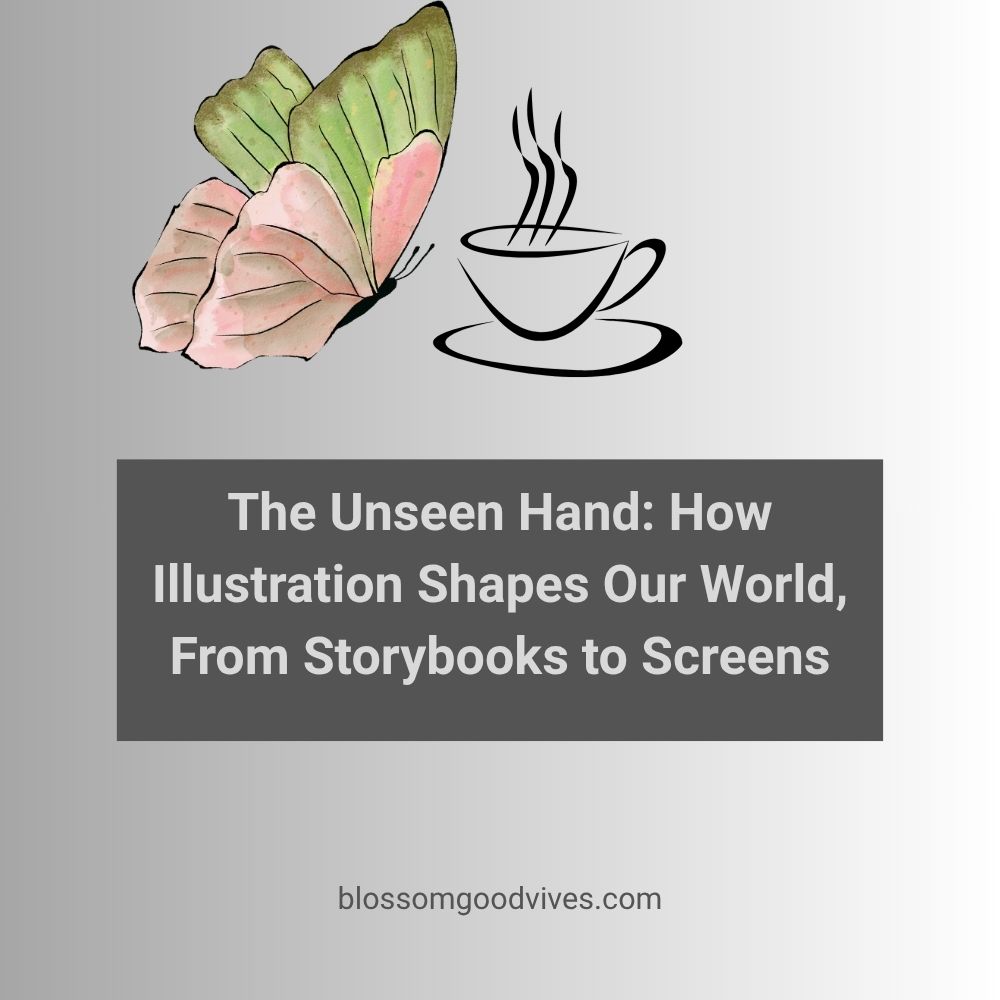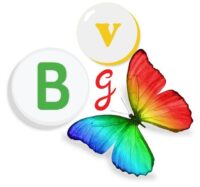
In an increasingly visual world, illustration is the silent, powerful language that translates complex ideas, builds unforgettable worlds, and gives best form to our collective imagination. It is the art of storytelling without words, yet it speaks volumes. Far more than just decorative pictures, illustration is a fundamental pillar of visual communication, spanning countless industries and touching nearly every aspect of our daily lives. This article delves into the vibrant ecosystem of illustration, exploring its core disciplines and the career that brings them to life.
The Illustration Industry: A Canvas of Opportunity
The modern illustration industry is a diverse and dynamic field, fueled by both traditional patronage and the digital revolution. Gone are the days when an illustrator was confined to a single style or medium. Today’s illustrators are versatile visual problem-solvers, often working as freelancers, in-house creatives, or entrepreneurial brand-owners.
Building a Career: A successful illustration career is built on a tripod of essential elements:
A Strong, Unique Portfolio: Your portfolio is your greatest asset. It must not only showcase technical skill but a distinct and consistent artistic voice. Curate it to show your best work and target the specific niches you wish to enter.
Business Acumen: Illustrators are small business owners. This requires understanding contracts, pricing, negotiation, marketing, and managing finances. Networking, both online and at industry events, is crucial for building client relationships.
Adaptability: Trends, tools, and client needs constantly evolve. The most successful illustrators are lifelong learners, adept at using new software (like the Adobe Creative Suite, Procreate, and Clip Studio Paint), and responsive to the changing media landscape.
The industry is vast, but many key disciplines form its core, each with its own unique demands and rewards.
Character Design & Illustration: The Soul of a Story
Character design is the art of creating visual blueprints for fictional beings. It goes far beyond drawing a “cool” character; it’s about visual storytelling. A character’s design must communicate their personality, backstory, role, and emotional arc instantly.
The Process: Designers explore shape language (round shapes for friendliness, sharp angles for villains), color psychology, and silhouettes to create a memorable and functional character. These designs are then used in character illustration to place them in dynamic poses, expressive situations, and rich environments, bringing the final artwork to life. This discipline is the backbone of animation, video games, and children’s literature.
Storyboarding: The Blueprint for Motion
If a film, animation, or commercial is a house, the storyboard is its architectural plan. Storyboarding is the craft of translating a script into a sequence of drawings, much like a comic strip, to pre-visualize the motion and flow of a narrative.
The Skill Set: A storyboard artist is part illustrator, part filmmaker. They must understand cinematography—camera angles, shot composition, pacing, and continuity—to effectively guide the director, cinematographer, and entire production team. It’s a demanding field that requires speed, clarity, and a strong narrative sense.
Editorial Illustration: The Intellectual Companion
Found in magazines, newspapers, and online publications like The New Yorker or The Atlantic, editorial illustration is the art of creating a visual metaphor for a complex article or idea. Its primary job is not to decorate but to interpret, provoke thought, and engage the reader intellectually.
The Challenge: The illustrator must read the article, grasp its core argument or theme, and distill it into a single, powerful, and often clever image. It requires conceptual thinking, a sharp wit, and the ability to work under tight deadlines.
Book Illustration: The Bridge to Other Worlds
This ancient and revered branch of illustration encompasses a wide range of formats:
Children’s Book Illustration: Perhaps the most beloved form, it involves creating a visual narrative that works in harmony with the text, captivating young readers and helping them understand the story. It demands consistency, emotional warmth, and a playful imagination.
Book Covers: A cover illustrator’s job is to stop a reader in their tracks. The cover must capture the book’s tone, genre, and essence in one compelling image, acting as a crucial marketing tool.
Graphic Novels: Here, the illustrator becomes the primary storyteller, merging the skills of a writer, character designer, storyboard artist, and painter into one continuous visual narrative.
Fashion Illustration: Where Art Meets Atelier
Fashion illustration lives in the space between design and fantasy. While it once served primarily to document garments, its role has evolved.
Modern Applications: Today, fashion illustrators are hired by major brands to create dynamic, expressive artwork for advertising campaigns, in-store displays, and social media content. Their work often emphasizes movement, texture, and a certain aspirational elegance that photography cannot always capture, bringing an artistic flair to the world of commerce.
Cartooning, Comics & Anime: The Power of Sequential Art
This is the domain of sequential storytelling, where multiple images are arranged in a specific order to create a narrative flow.
Cartooning: Focuses on single-panel or short-strip humor, often with a simplified, exaggerated style. It thrives in newspapers, magazines, and webcomics, delivering a quick, potent punchline or social commentary.
Comics & Graphic Novels: A vast medium ranging from superhero sagas to deeply personal memoirs. Comic artists are masters of visual storytelling, controlling the reader’s pace and focus through panel layout, composition, and the interplay of text and image.
Anime & Manga: While often grouped together, Manga refers to Japanese comics, and Anime to its animated counterpart. The industry has a distinct visual language and production system, but its core principles—expressive character design, dynamic action, and emotive storytelling—are universal. The influence of this style on global illustration is immeasurable.
From the moment we open our first picture book to the video games we play and the articles we read, illustration is the unseen hand that guides, explains, and delights us. It is a demanding yet profoundly rewarding career that merges artistic passion with intellectual rigor. The illustration industry, in all its varied forms, proves that even in a world saturated with words, a single, powerful image can still speak the loudest. It is not merely a profession; it is the essential art of making the invisible, visible.
